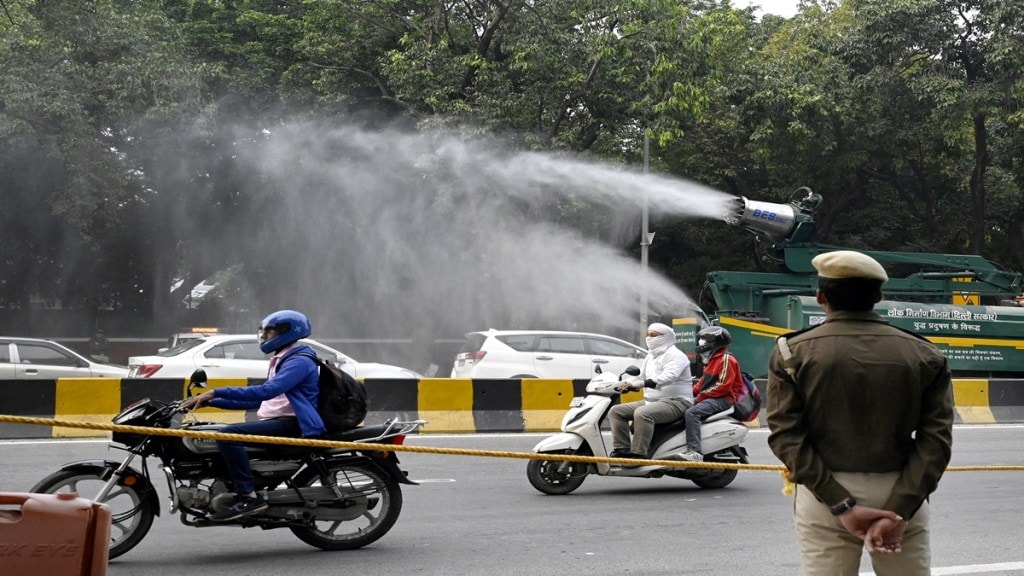The overall air quality in the national capital on Wednesday deteriorated from the ‘very poor’ to the ‘severe’ category, according to data from the Central Pollution Control Board (CPCB).
According to CPCB, at 7.00 am, Anand Vihar recorded an Air Quality Index (AQI) of 405, while Jahangirpuri registered an AQI of 428. Similarly, the AQI at Major Dhyan Chand National Stadium was 404, and in Dwarka Sector 8 it reached 403, all falling into the ‘severe’ category.
Yesterday, the air quality in the national capital remained in the ‘very poor’ category with an AQI of 323. On Tuesday, at Anand Vihar, the AQI stood at 374, while Jahangirpuri recorded an AQI of 399. New Moti Bagh had an AQI of 370, and Lodhi Road measured the AQI at 315.
The Commission for Air Quality Management (CAQM) lifted the ban on ongoing construction activities last Saturday in response to an improvement in Delhi’s air quality. This included removing the restrictions imposed under GRAP 4 and allowing entry of trucks and buses into the city, except for BS-3 and BS-4 petrol and diesel vehicles.
What is the Air Quality Index (AQI)?
The Air Quality Index (AQI) is a vital tool for effectively communicating air quality status to the public in an easily understandable manner. It consists of six AQI categories: Good, Satisfactory, Moderately Polluted, Poor, Very Poor, and Severe.
Each category is determined based on the levels of ambient concentrations of air pollutants and their potential health impacts, known as health breakpoints. According to the AQI scale, air quality falls into the following ranges: 0 to 50 is ‘good,’ 51 to 100 is ‘satisfactory,’ 101 to 200 is ‘moderate,’ 201 to 300 is ‘poor,’ 301 to 400 is ‘very poor,’ and 401 to 450 is ‘severe’.
(With ANI Inputs)


 — ANI (@ANI)
— ANI (@ANI)